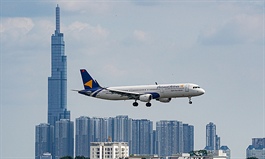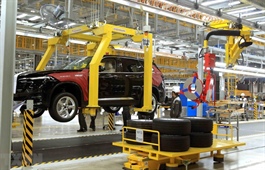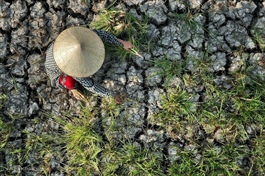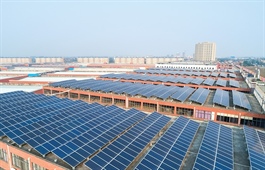La Gan Offshore Wind Farm to create thousands of jobs
La Gan Offshore Wind Farm to create thousands of jobs
In Vietnam, offshore wind energy offers more than a clean and secure energy source – offshore wind presents an exciting opportunity for local economic growth and skills development. In other countries, offshore wind has proven to be a source of sustainable job creation, due to its long and sophisticated supply chain. If implemented at scale, offshore wind has the potential to bring huge economic benefits to Vietnam.
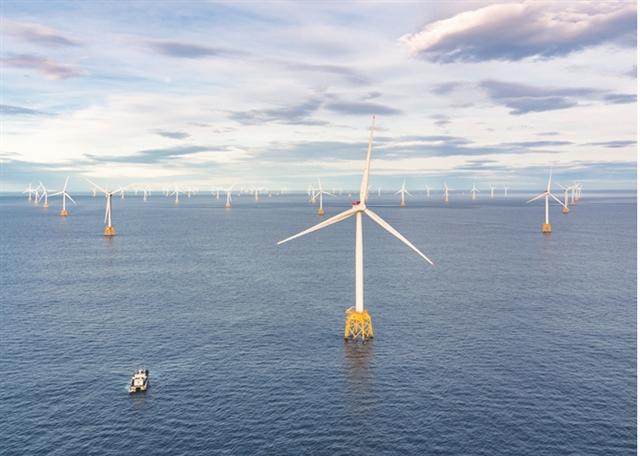
Offshore wind farms are large infrastructure projects – in addition to providing clean, secure energy, offshore wind can promote foreign investment, develop skills, create thousands of jobs and significantly boost the Vietnamese economy, as it has done in Europe
|
The La Gan Offshore Wind Farm is a 3.5GW offshore wind farm being developed by Copenhagen Infrastructure Partners, Asiapetro and Novasia. It is located off the windy coast of Binh Thuan and is expected to be one of the first large scale offshore wind farms installed in Vietnam. The project is expected to power more than seven million households per year and avoid 130 million tonnes of CO2 emissions over its lifetime.
According to a detailed economic impact study performed by international experts BVG Associates, the La Gan project is projected to provide benefits, including creation of over 130,000 Full Time Equivalent (FTE) jobs including more than 45,000 direct FTE jobs in Vietnam. 1 FTE is defined as 1 full-time equivalent job for one year and contribution of over US$9 billion to the Vietnamese economy over the project lifetime.
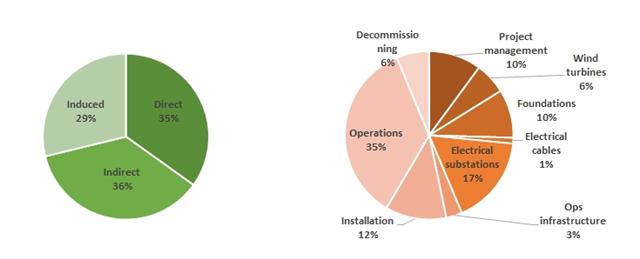
The La Gan project is expected to create more than 130,000 full time equivalent jobs, including more than 45,000 direct jobs. Charts show percentage of total jobs created under various categories
|
The economic benefits are mostly due to utilising the local supply chain for the development of the wind farm, supply of offshore foundations, design & construction of onshore electrical assets, installation services and operations & maintenance. In these areas Vietnam has strong expertise, so local suppliers can be extensively used. The total Vietnamese content is projected to be approximately 45 percent across the full supply chain of the project.
To verify their analysis, BVG Associates interviewed 13 companies active in the Vietnamese offshore wind supply chain. These companies were chosen for their expertise, track record and practical Vietnamese experience. The companies, categorised according to their main area of expertise, are shown in the figure below.
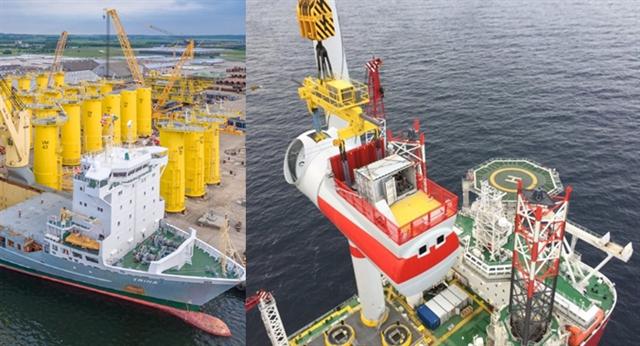
Across all phases, the La Gan offshore wind farm is expected to contribute over US$9 billion to the Vietnamese economy
|
A common theme of the study is that Vietnam has a skilled engineering workforce with expertise in shipbuilding and oil and gas, which can easily be utilised and re-skilled for offshore wind. While there are no jack-up vessels operated by Vietnamese companies, there are other heavy lift vessels from the oil and gas industry which could be used for foundation and substation installation in the future.
As the La Gan project is being installed across a number of years, it is likely that there will be more opportunity to use Vietnamese suppliers for the later years, as the offshore wind market grows. It is expected that some items will always be imported, such as turbine components. However suppliers have indicated that further factory investments are likely. Such factory investments will increase the expertise in Vietnam and could kick start other areas of the supply chain in the wider offshore wind industry. This will further improve local content projections for the La Gan project.
For more info of La Gan Offshore Wind Farm, please visit: https://www.linkedin.com/company/laganwind
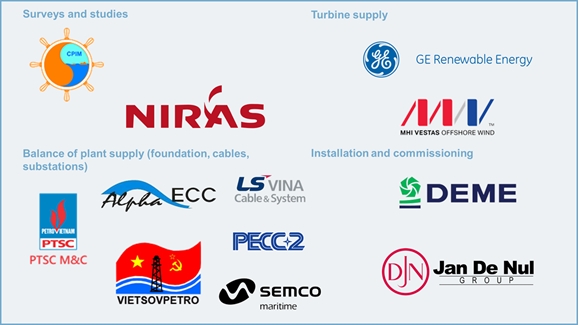
13 leading companies active in the Vietnamese market have supported the La Gan project’s economic impact study
|



